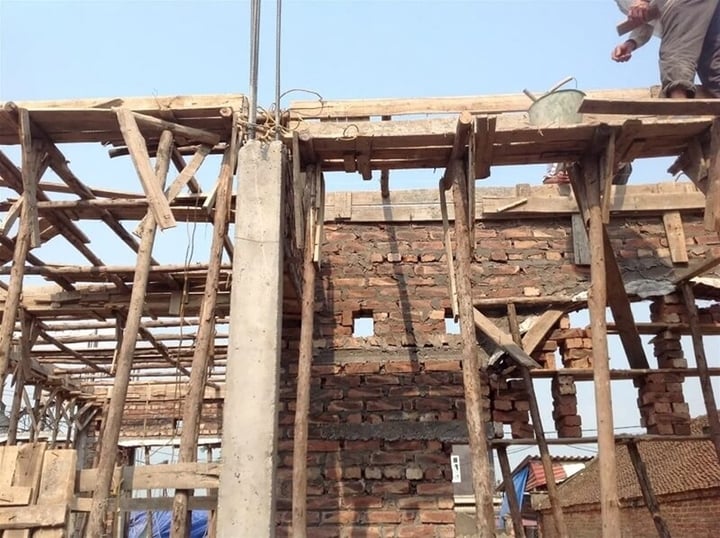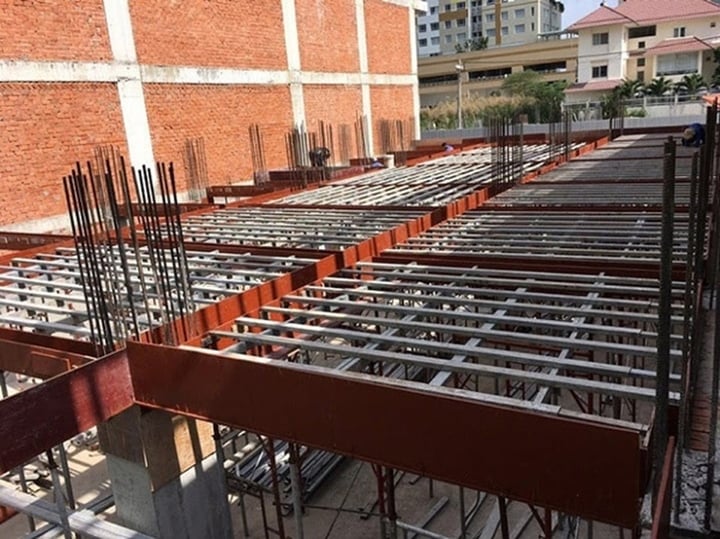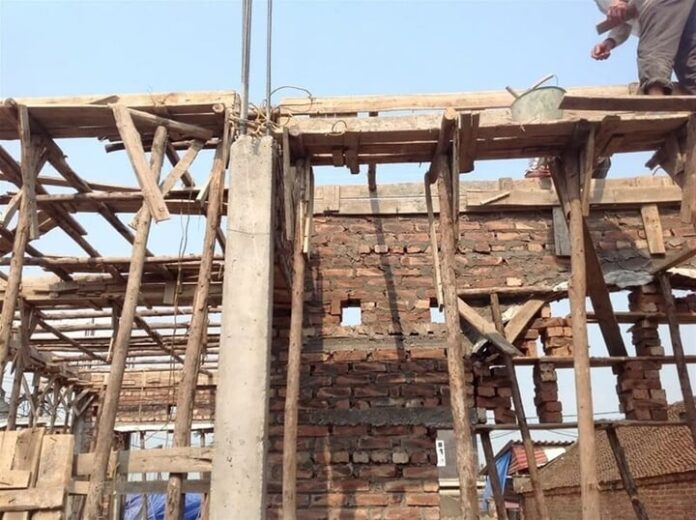What is a Building Formwork?
Formwork is a tool used to create molds for concrete pouring. Traditionally, formwork was mainly made from wood or bamboo. However, with technological advancements, formwork is now made from various materials such as steel, iron, fiberglass, and more.
Formwork consists of three main components: facing, structural frames, and accessories. Facing, typically made of wood, solid boards, or composite materials, is in direct contact with the concrete and plays a crucial role in shaping it. Structural frames provide the main load-bearing capacity for the entire system and are directly connected to the facing.
Accessories are essential in maintaining the stability and integrity of the formwork structure.
Common Types of Formwork
Classification by Material:
Wooden Formwork:
Wooden formwork is a popular and familiar choice in the construction industry. It is made by joining timber planks of appropriate thickness to create a flat surface for concrete pouring.

Wooden formwork. (Photo: Vvanangroup)
Wooden formwork offers design flexibility, ease of handling, and lower costs compared to other materials. However, its lifespan is reduced due to environmental factors, especially in humid conditions or when subjected to strong impacts.
Wooden formwork is commonly used in residential constructions, particularly in rural areas for single or two-story houses.
Plastic Formwork:
Plastic formwork, also known as composite formwork, combines plastic polymers and fiberglass to create lightweight yet durable panels. It is unaffected by environmental factors such as humidity, high temperatures, or rain, making it reusable, easy to assemble, and cost-effective for construction projects.
Steel Formwork:
Steel formwork is a modern and efficient choice in construction, offering superior load-bearing capacity, high durability, and reusability. It is ideal for projects that require precise concrete casting. With its flexibility and strength, steel formwork is widely used in contemporary construction projects.
Aluminum Formwork:
Aluminum formwork is lightweight, making it easy to handle during construction. Its reusability reduces waste and costs, contributing to environmentally friendly building practices.
Classification by Concrete Structure:
Slab Formwork:
Slab formwork is commonly used for concrete slabs in buildings, factories, and roads, ensuring a smooth and even surface.

Slab formwork. (Photo: Hbcg)
Column Formwork:
Column formwork, with its steel frame structure, provides stability when pouring columns or retaining walls.
Foundation Formwork:
Foundation formwork ensures the stability and strength of the concrete foundation for any construction project.
Wall Formwork:
Wall formwork is used to cast concrete walls, creating a uniform structure.
Pipe Formwork:
Pipe formwork is used to create concrete pipes for various purposes, such as water drainage and supply, and gas pipelines.
















